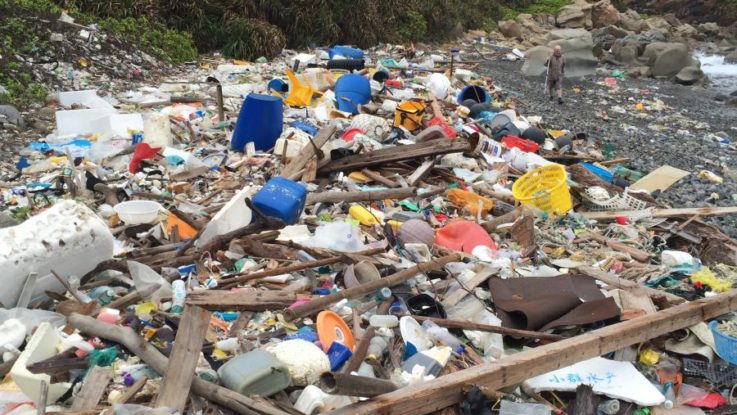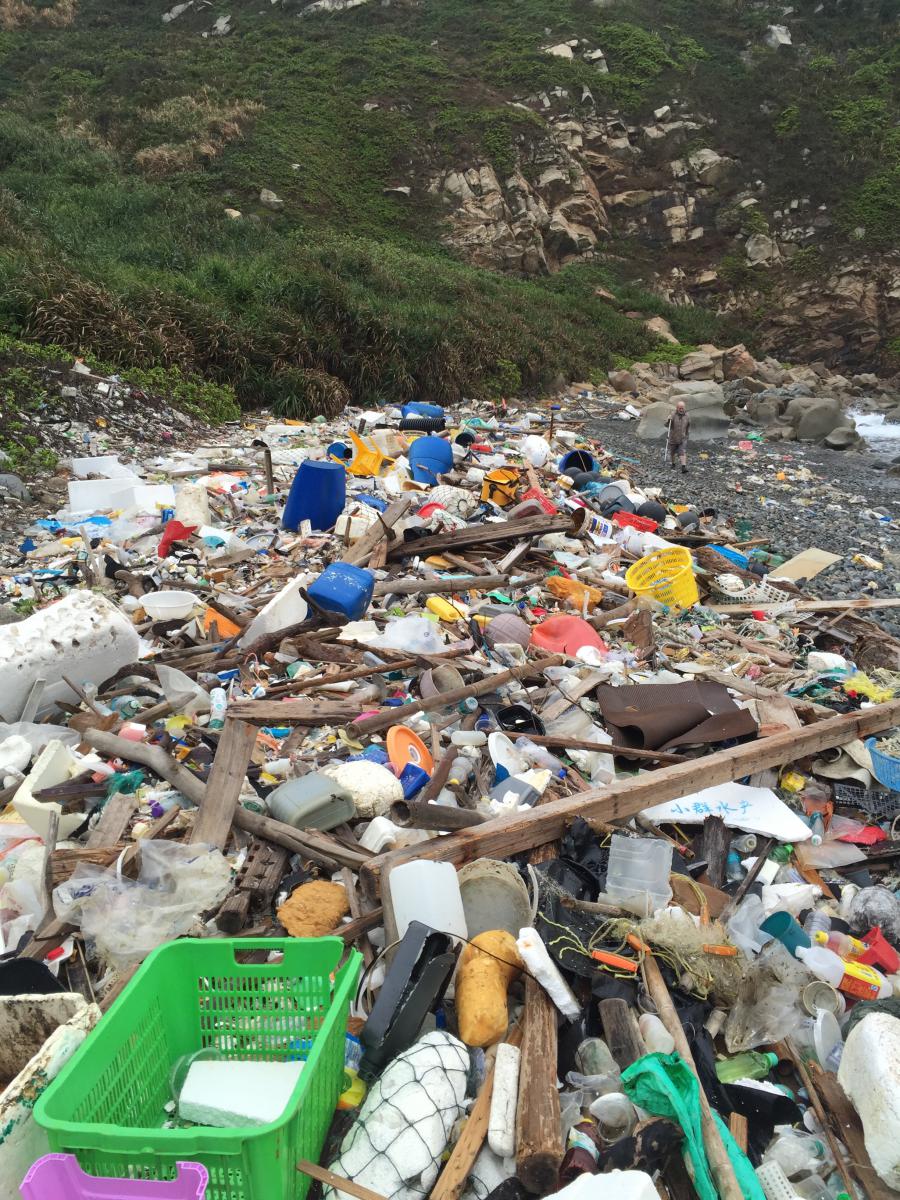

Ideally all material would be recovered, but when almost 90% of the world’s plastic is not recycled, waste-to-energy should be an option in reducing waste.
— Trish Hyde – Director, Plasticity Sydney
SYDNEY, NSW, AUSTRALIA, October 17, 2017 /EINPresswire.com/ — As much of the world begins to decarbonize some of its energy mix, a number of jurisdictions are now facing short term energy shortages until alternative sources of power are introduced. Australia is a good example of a country that is now facing such an energy crisis, while at the same time, like much of the world, it also has a growing plastic waste problem. With thousands of tonnes of materials in its coastal waters, and its main plastic export market of China now closing its doors to unprocessed scrap material, it is ironic that one problem could actually help solve the other. The reference here relates to the reduction of plastic pollution and the “dirty plastics” which rarely get recycled, and its transformation into waste-derived-fuel for everyday energy needs.
Of course it is best to recycle all materials in order to recover their highest value and best use, but when 90% of the world’s plastic inventory is not recycled due to gaps in infrastructure capacity, waste-to-energy should have a place in the set of solutions if we believe that having plastic pollution is bad for our communities and environment.
Waste-to-energy is not a new concept, yet despite successful operations globally, it is often not on the radar of many governments as an option. This is unfortunate, as the opportunity exists to both effectively remove plastic pollution, while simultaneously supporting some of the local energy needs in the wake of the decommissioning of coal-fired generators. It can also simply help to fill the increased demand of a growing consumer population.
Common criticism
Critics of waste-to-energy fall into two main camps. There are those who do not like incineration because of the collective memory of old backyard incinerators that would spew out smoke and dangerous substances. These, however, are not the ones that are now available, all of which have a variety of technologies that greatly decrease harmful emissions. There are also those who, in a perfect world, would like to see everything recycled, and suggest that fuel generation in some capacity is not recycling because the waste material no longer exists.
These criticisms and high standards for the creation of perfect circular economies with plastic materials that are complex and hard to “un-make”, are unrealistic globally in the short term, and may create more environmental impacts in the long term, if plastics’ persistence in its afterlife is a concern – which it should be.
We must always work towards building a better world with less of an environmental impact, and we must accept the fact that our population is growing, leading to increased consumption, the need for reduced carbon intensity, and light-weighting, which often requires the use of plastic. Without scaled solutions for this complex material, we have growing environmental problems.
The goal today should be to reduce the negative environmental impacts of the activities already being undertaken. Accordingly, we should be working on scaled solutions that recover and remove the waste plastic inventory that exists in most of our countries. If we do not have the recycling infrastructure to handle this volume, which we do not (it is estimated by industry experts and country statistics that less than 15% of the global plastic that is produced actually gets recycled), it makes sense to find ways to create other forms of value from this resource, such as energy or fuel, at least for the materials that are not likely to be reached by recycling infrastructures.
Of course the goals of creating less waste to begin with, or having full material circularity, are the long-term objectives, but in the many years that it may take to get to that state, we should be taking advantage of the immediate and long term benefits that are being provided simultaneously by waste reduction and energy creation. The positives with these new technologies usually outweigh the negatives of the current “steady-state” of slow increases in recycling capacities. We should honestly address the lack of infrastructure that exists for recycling globally, and understand properly what these new technologies can do, rather than assume immediately that they are “bad” simply because of the history of some of the unregulated predecessor equipment.
Today’s waste-to-energy plants are sophisticated and clean. There are current plants in operation showing that controls can be put in place to appropriately manage emissions and byproducts, and the liquification technologies like that of Integrated Green Energy Ltd, use no oxygen and include no burning to begin with. The output can be a low Sulphur, road-ready fuel, which is often better for reducing air pollution than the high-sulphur diesel still used today in many countries.
While not without emissions like renewable energy, waste is a renewable resource (until we no longer produce waste), and it creates a large societal gain which needs to be valued. That value is the removal of waste from our communities, environment, waters and landfills, while also reducing the methane created in landfills along the way (which is 23 times more damaging than CO2 itself).
It is true that waste resources should always be sent for recycling and higher value-added options when those are readily and efficiently available in proximity to the waste sources, but waste-to-energy is a necessary option for those materials that rarely (or never) make it to recycling. The two processes do not compete, but in fact, they complement one another. Neither recycling nor waste-to-energy represent a panacea for the volumes of plastic waste inventory that exist today. Given our need for energy and fuel, waste-to-energy should be on the table for discussion with a view to quick adoption.
Revaluing plastic as a resource for new products and packaging, along with the options for converting it to road-ready fuel, will be at the centre of the conversation at the Plasticity Sydney conference on 31 October 2017, with a sole focus on creating a world without plastic pollution.
Doug Woodring
Plasticity Forum
(852) 9020-3949
email us here
![]()
This Article Was Originally Posted at www.einnews.com